Filmography
Life in the border region is marked by the limitations of physical and conceptual borders, but also by innovative and courageous ways of crossing and surpassing them. Love and play (and passion and humor) have always been important weapons of people against the dark shadows of imposed boundaries that framed their everyday life. The feature films, documentaries and animated film of the program often humorously (and not rarely with a bitter aftertaste) describe and show diverse circumstances and ways of rebellion of everymen, guided by a simple but forceful will to move the borders too narrow, to erase established divisions.
Europe "without borders" often represents a strongly fortified fortress that prevents many people from entering through the main gate. The films of the program explore the intimate, economic and political conditions that foster forced or voluntary migration and show their consequences on the lives of individuals. Europe has through history closed its doors to "the foreigner", and today many of its citizens have become foreigners as well.
The program of short films investigates the features of nature that define the human experience of space and also of the peoples themselves in astonishing, violent, even relentless ways. The documentary blends with the artistic cinema experiment through which the expressive images engender an almost tangible experience of these spaces.
Women of this region, which is defined by harsh natural conditions, two deadly world wars and endless clashes of cultures and politics, carried heavy, intertwined intimate, family, economic burdens: the universal burdens of women, mothers, sisters, wives... and for this place very specific burdens that pushed women to the borders of survival or oblivion. The feature films and documentaries of the program unfold the characteristic stories of the region, the documentaries explore community dynamics, and the personal stories told by the feature films often blur the boundaries between real and mystical experience, which are closely intertwined and shape the life of this space.
Before and during the 2nd World War the map of Europe changed dramatically and different political appetites drew completely new borders. But after the end of this war, a new, different war started, which again drew new borders: with the so-called Cold War, a new border, which some perceived as The Iron Curtain, separated Italy and Slovenia. Slovenians and Italians who lived in the area of these borders lived through policies of oppression and exclusion. The films of the program, most of which are Slovenian and Italian classics, vividly and realistically depict the everyday life of the inhabitants of the cross-border region before, during and after the Second World War – inhabitants who sought and demanded freedom, often in a life-and-death struggle for individuals and communities.
Before the advent of television, newsreels were a key tool of mass communication, often serving as powerful vehicles of propaganda. Their purpose extended beyond mere information; they were instrumental in shaping public opinion through visual storytelling and editing techniques, reinforcing political narratives, and framing collective memory.
The selected Slovenian and Italian newsreels provide a compelling glimpse into the turbulent period along the Slovenian-Italian border in the aftermath of World War II, a time of significant political and social upheaval. This segment of the retrospective offers not only a historical record but also a critical reflection on the films’ role in shaping perceptions of reality.
The films of the program focus on the diverse physical, cultural and ideational spaces that have characteristically shaped life in the border region, and which are slowly but surely disappearing over time. Various film languages depict the atmospheres of living and working communities or explore the relationship to nature, culture and man, which have shaped the lives of generations and which the flow of time shapes in the image of progress. Spaces of physical and mental boundaries, which no one misses, and also those whose untainted power is, perhaps just in traces, still living today.
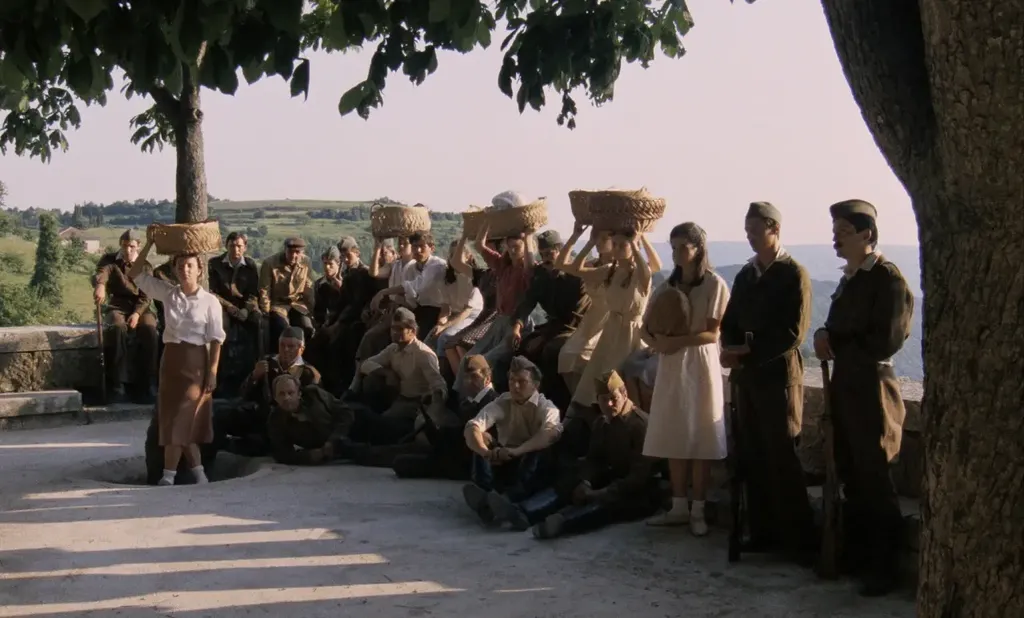
Red Boogie
Karpo Godina
1982
Slovenia(Yugoslavia)
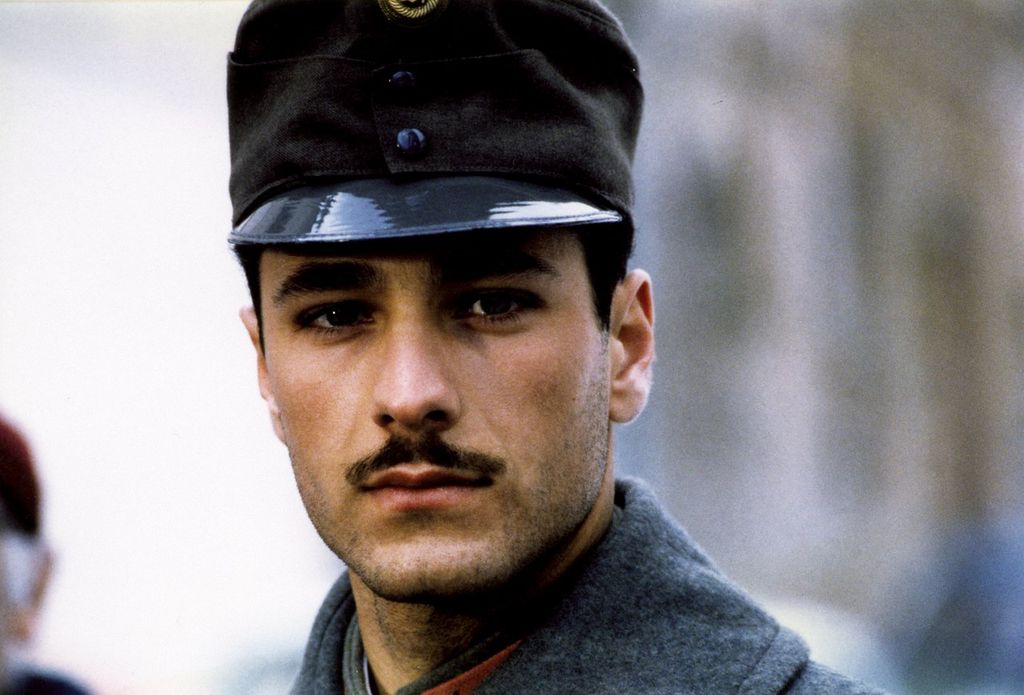
The Border
Franco Giraldi
1996
Italy
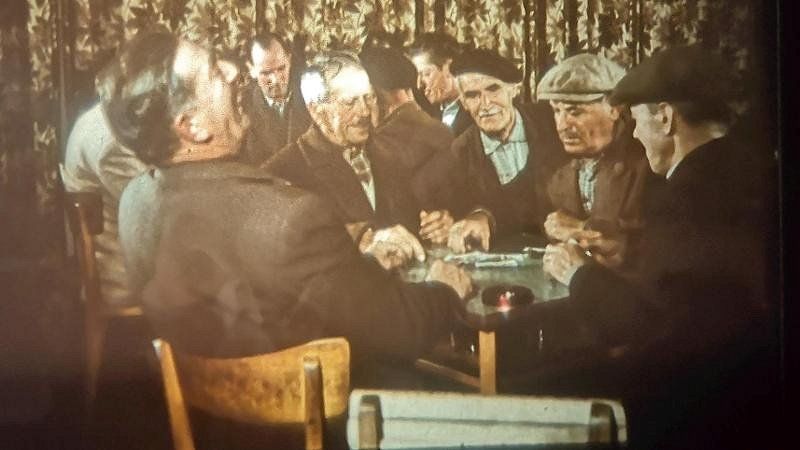
Karst
Franco Giraldi
1960
Italy
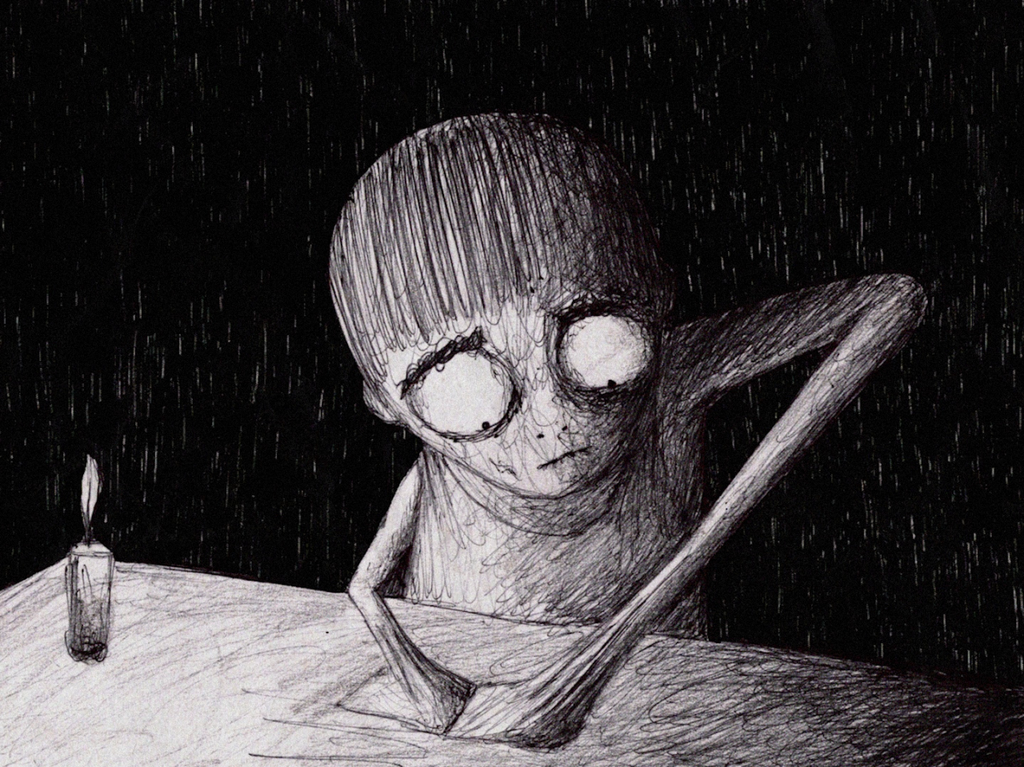
War of Words or Respectful Silence?
Leo Černic
2020
Slovenia/Italy
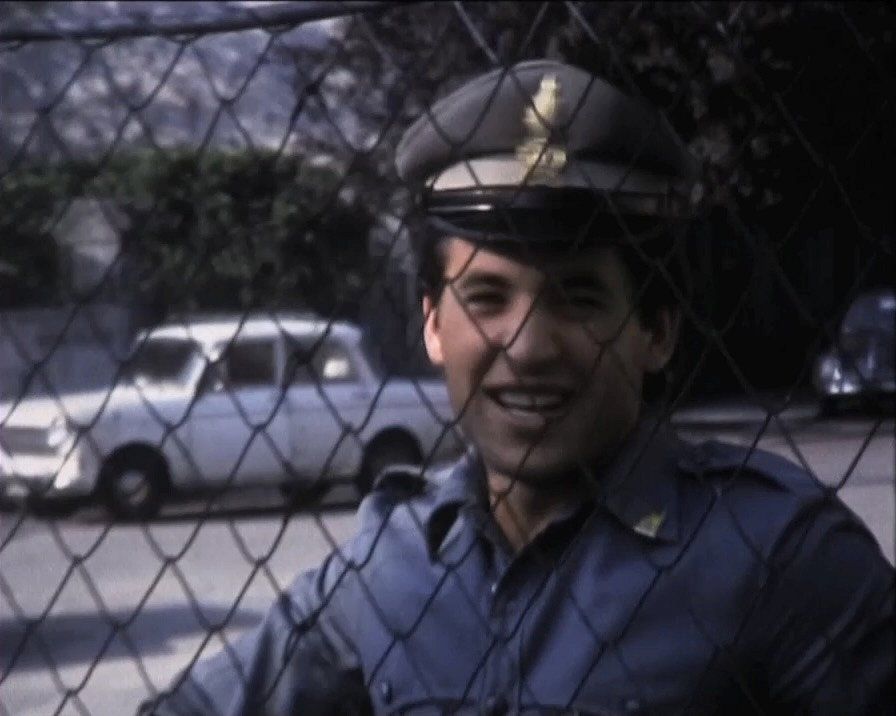
Smuggler’s Confessional. Views Through the Iron Curtain
Anja Medved
2010
Slovenia
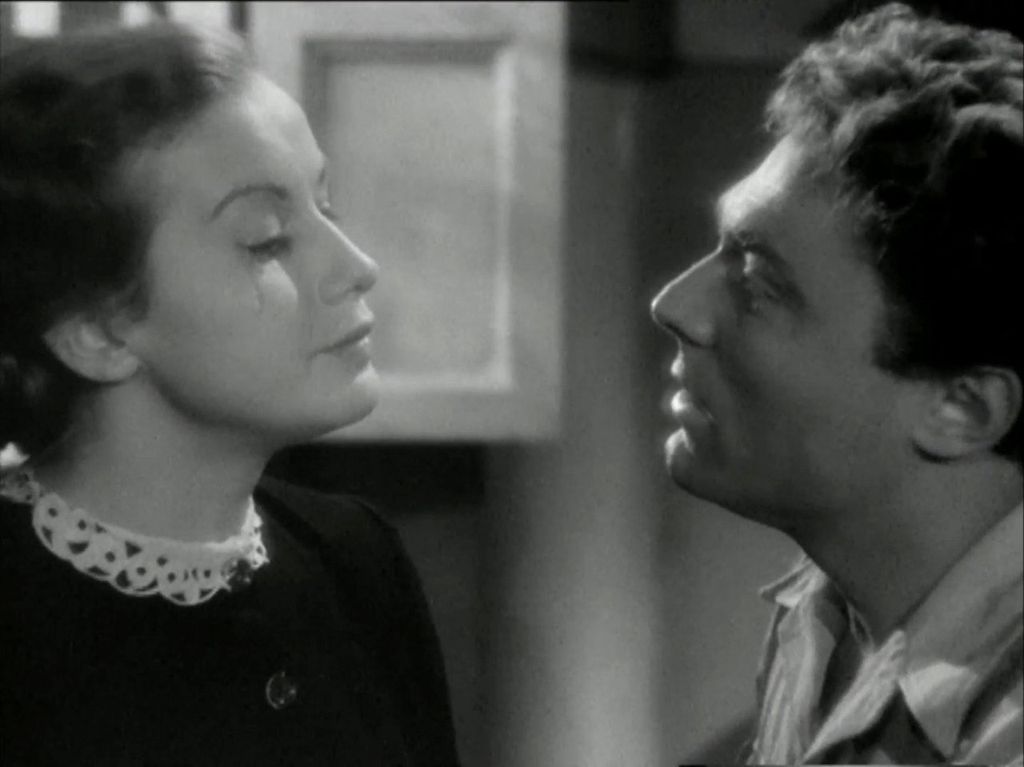
City of pain
Mario Bonnard
1948
Italy
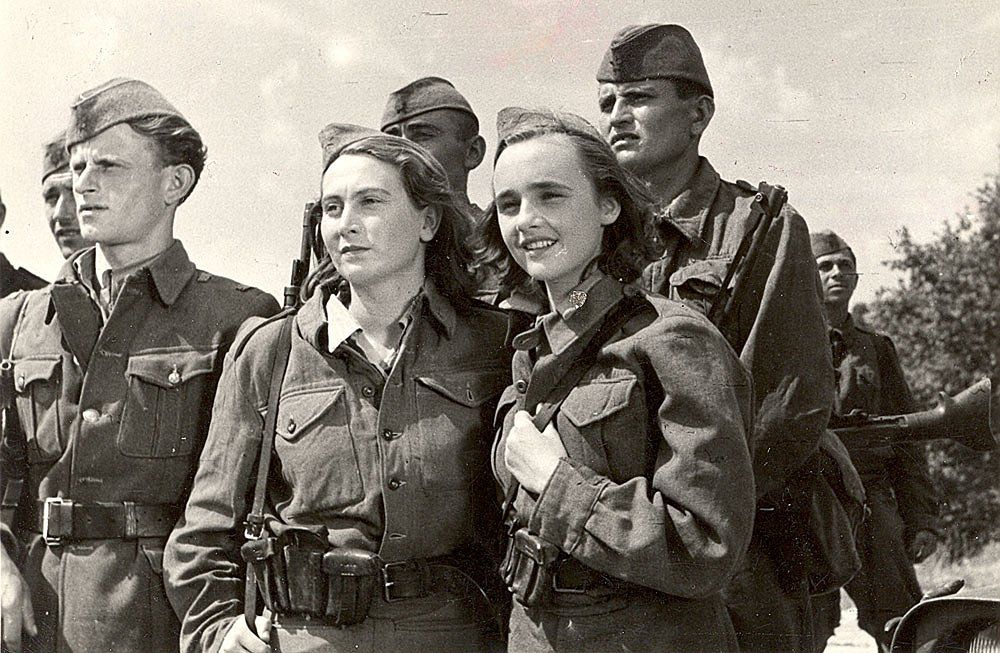
On our land
France Štiglic
1948
Yugoslavia/Slovenia
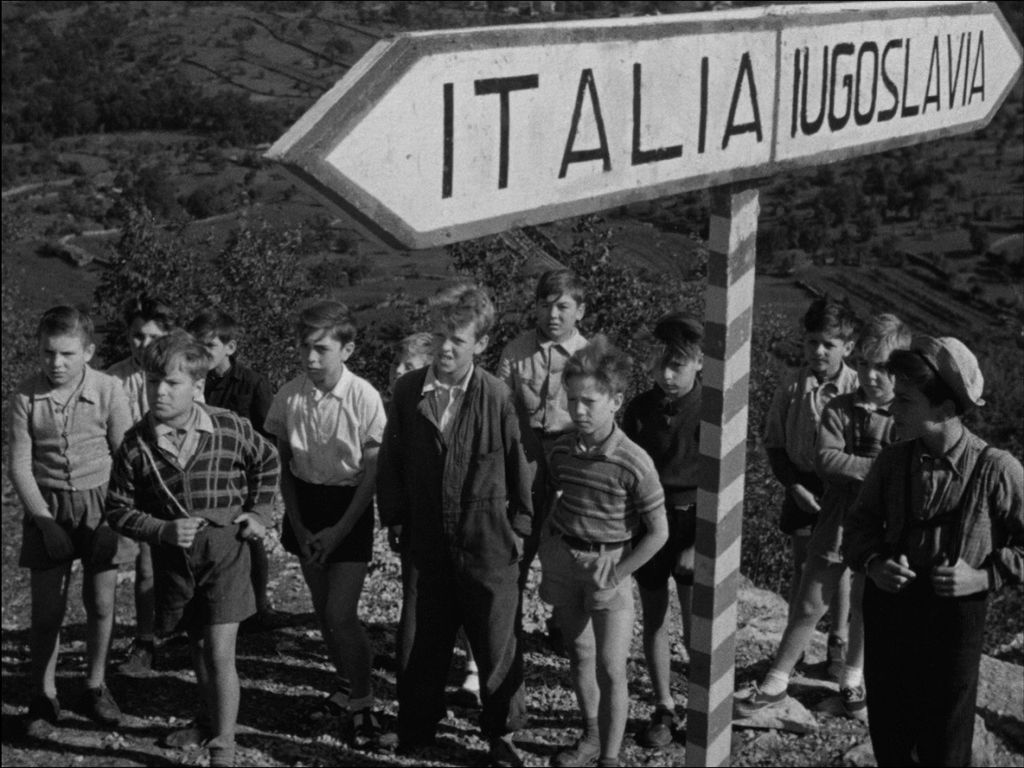
Boundless hearts
Luigi Zampa
1950
Italy
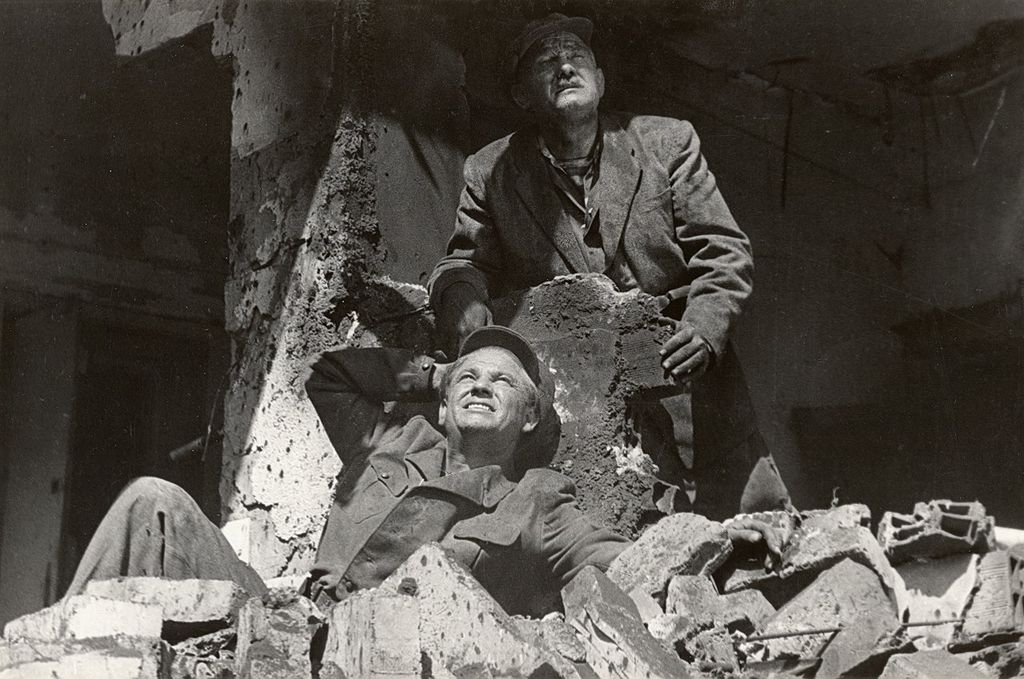
Trieste
France Štiglic
1951
Yugoslavia/Slovenia
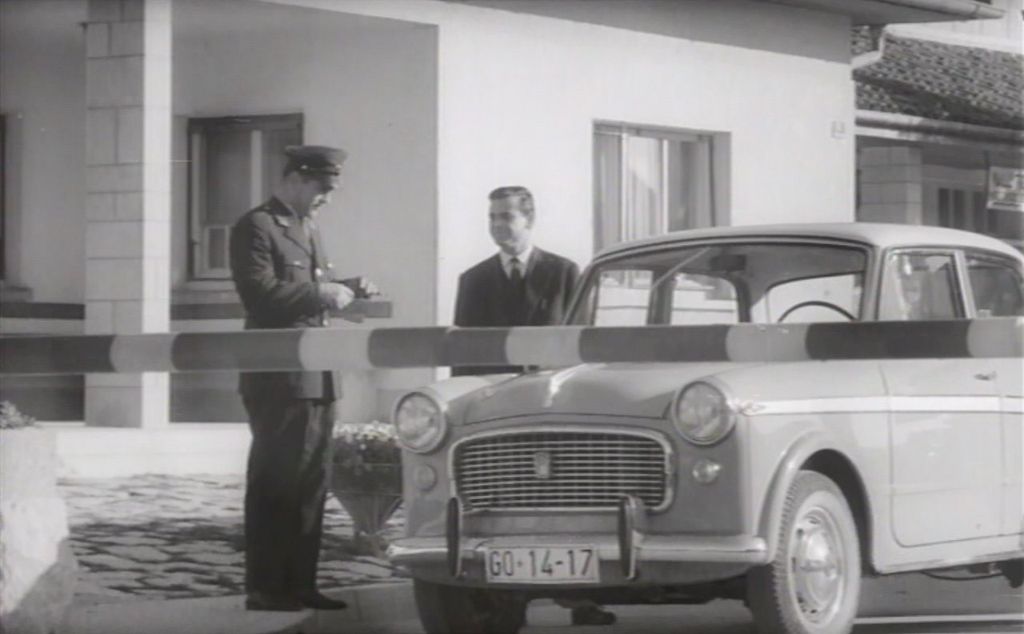
Where is the Iron Curtain?
Mako Sajko
1961
Slovenia(Yugoslavia)
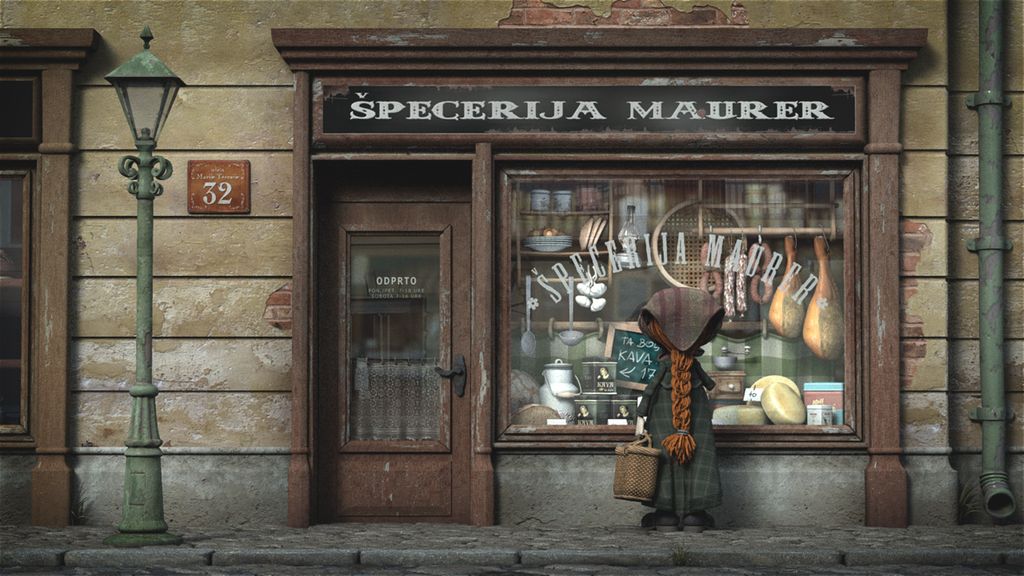
Chicory 'n' Coffee
Dušan Kastelic
2008
Slovenia
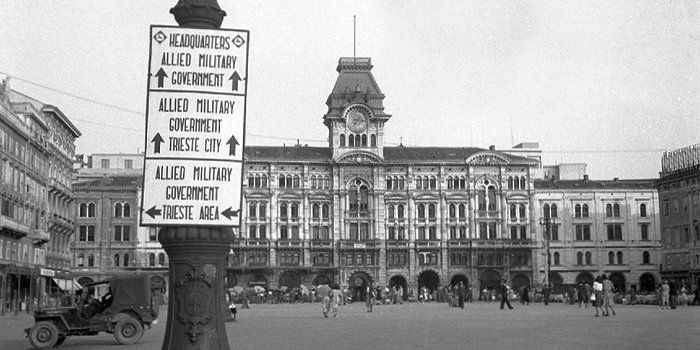
Our American Days
Chiara Barbo, Andrea Magnani
2014
Italy
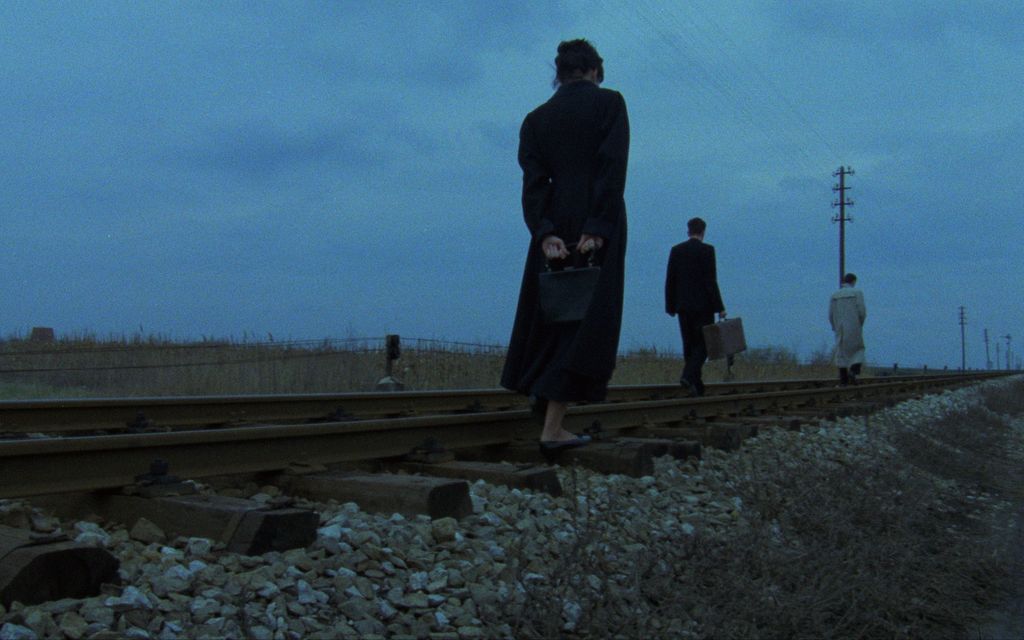
The Felons
Franci Slak
1987
Slovenija(Jugoslavija)

Don't Come Back by the Same Way
Jože Babič
1965
Slovenia(Yugoslavia)
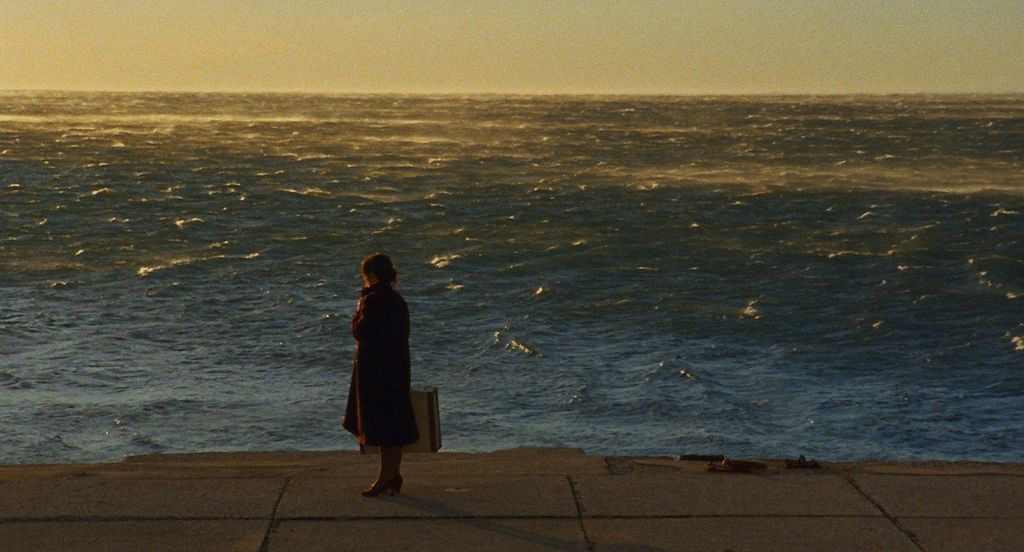
Zgodbe iz kostanjevih gozdov
Gregor Božič
2019
Slovenija
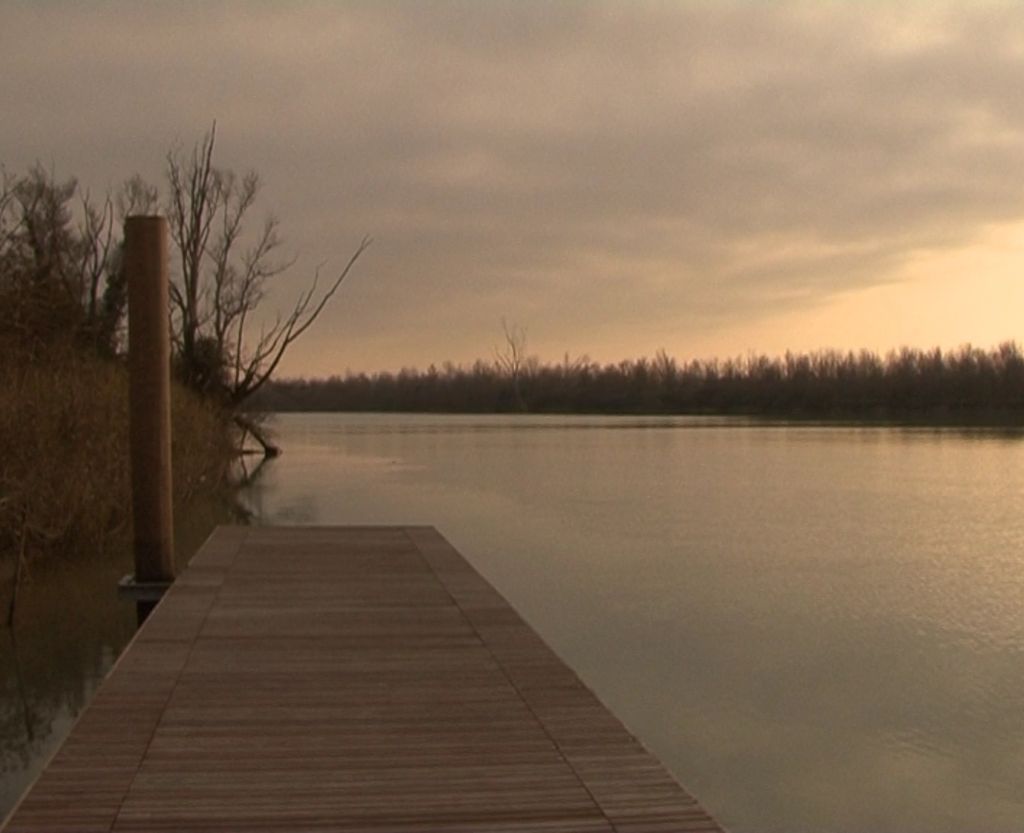
Trenutek reke
Anja Medved, Nadja Velušček
2010
Slovenija
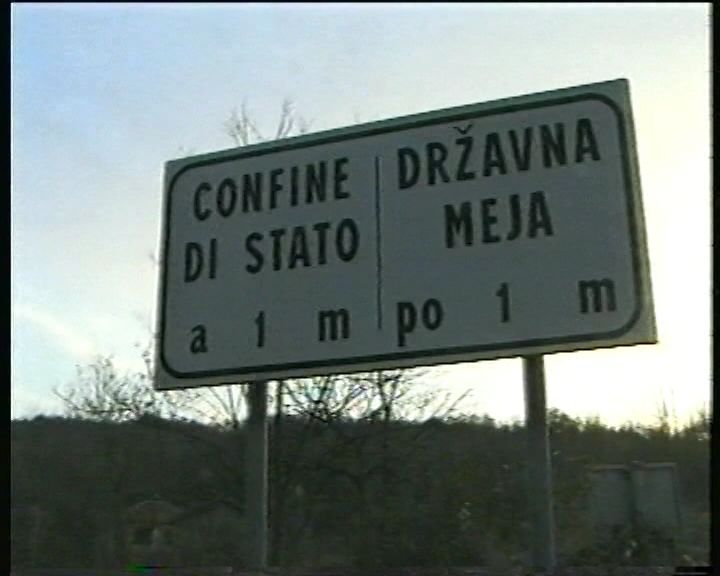
Trdnjava Evropa
Želimir Žilnik
2001
Slovenija
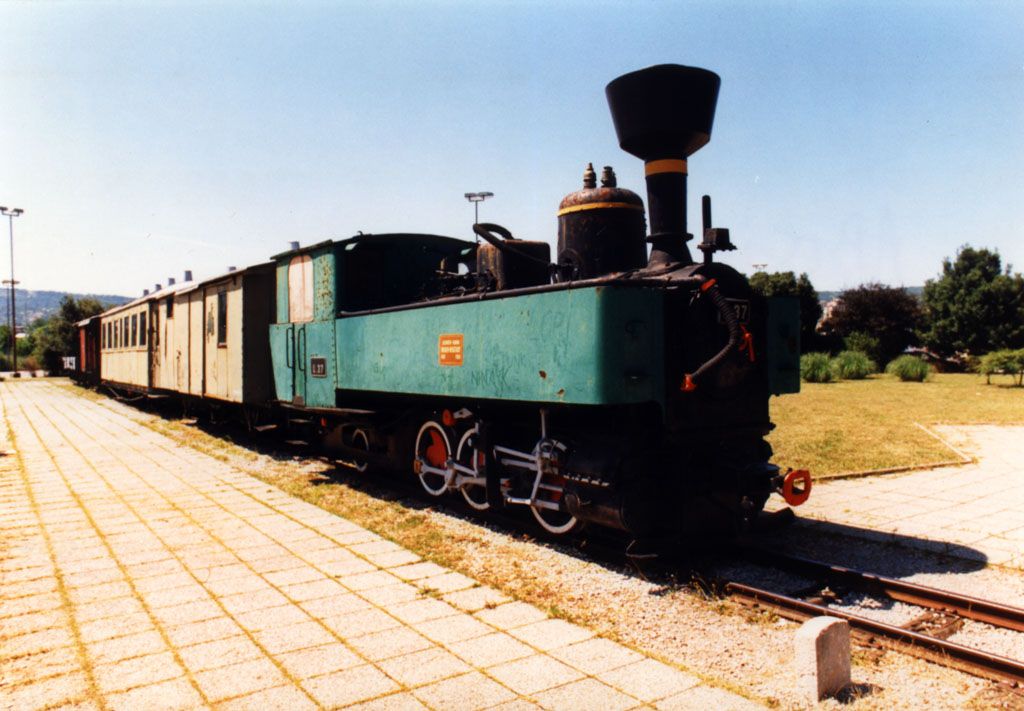
Abesinija
Karpo Godina
1999
Slovenija
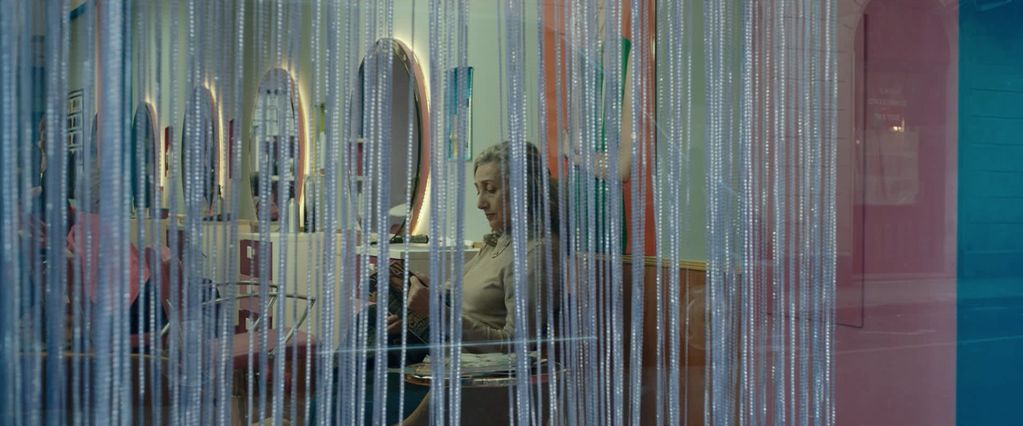
Igor in Rosa
Katja Colja
2019
Slovenija
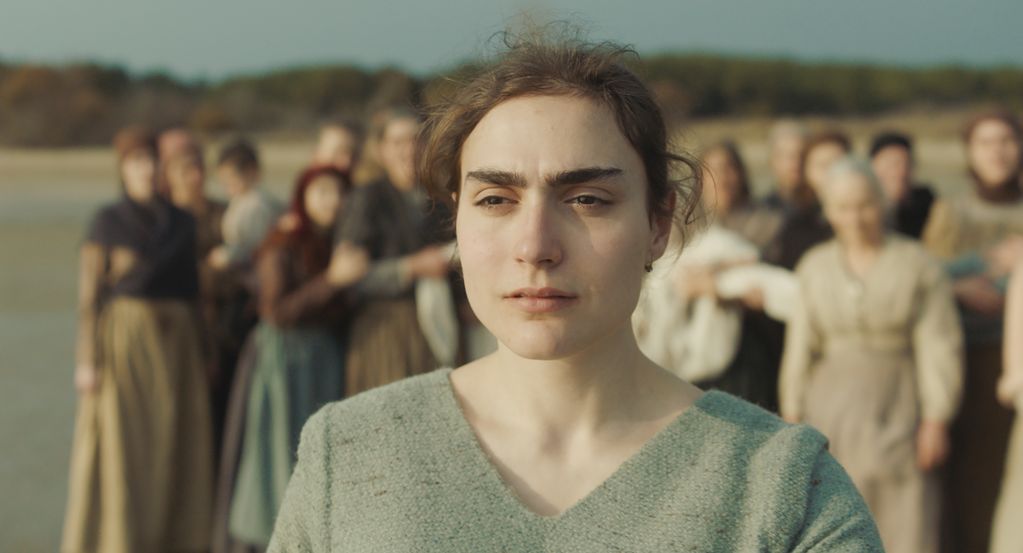
Telesce
Laura Samani
2021
Italija
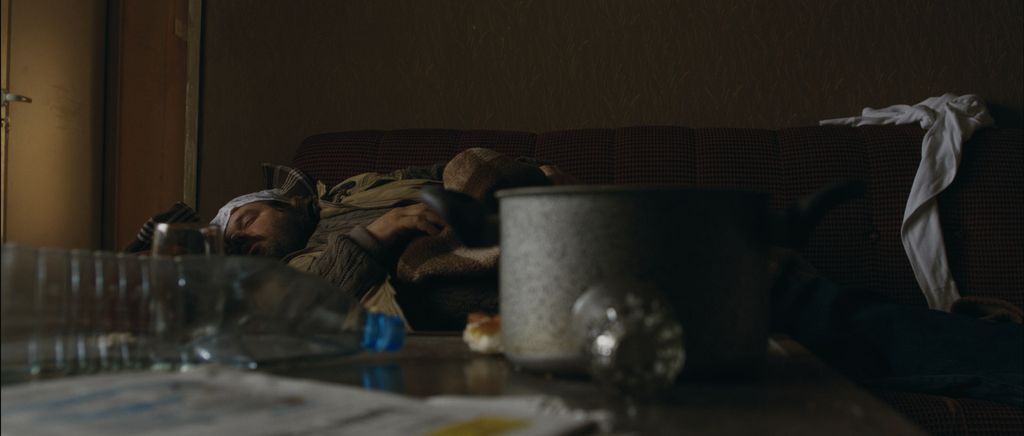
Zoran, moj nečak idiot
Matteo Oleotto
2013
Italija
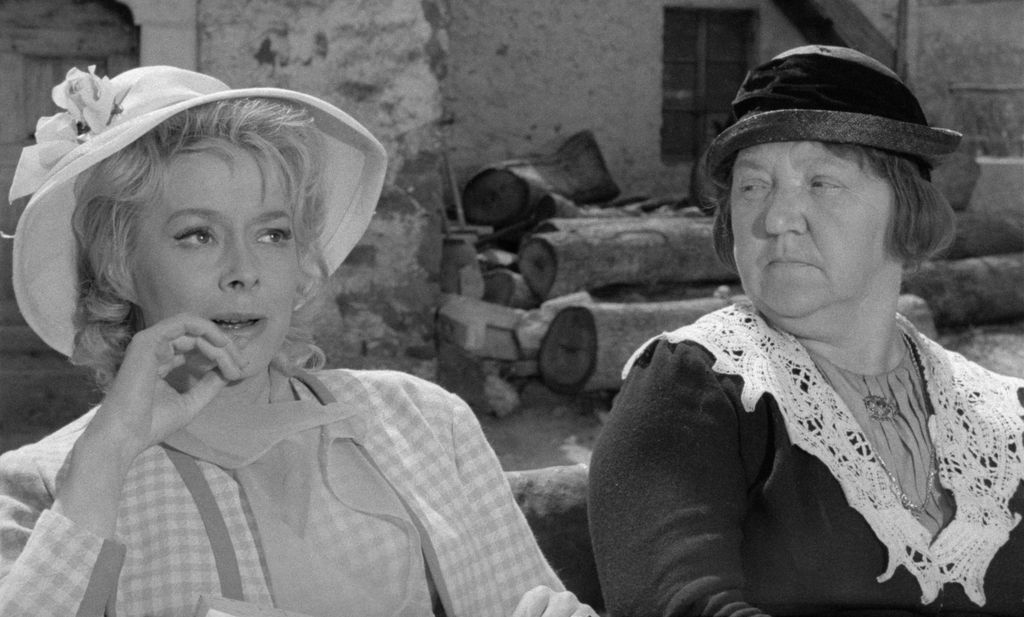
That beautiful day
France Štiglic
1962
Slovenija(Jugoslavija)
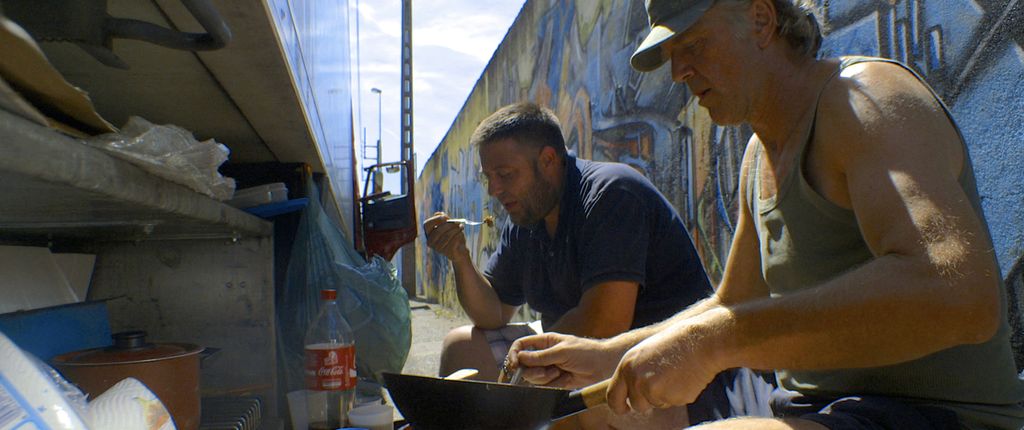
Tir
Alberto Fasulo
2013
Italija
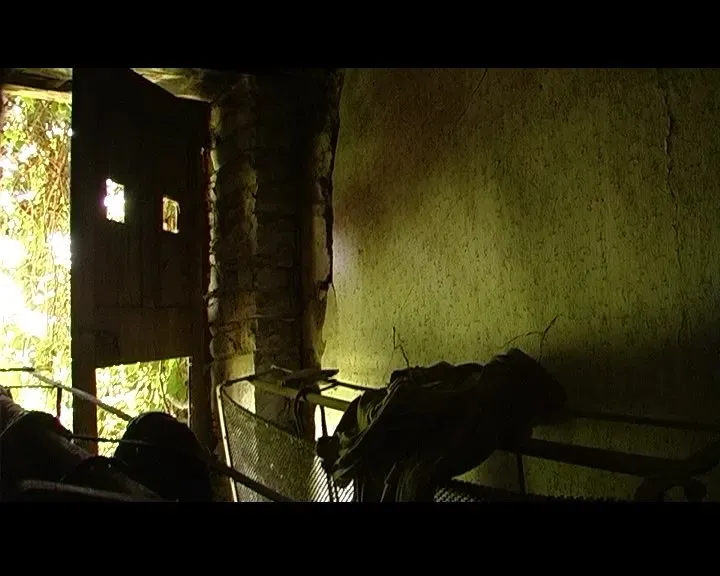
Mala apokalipsa
Alvaro Petricig
2008
Slovenia, Italy
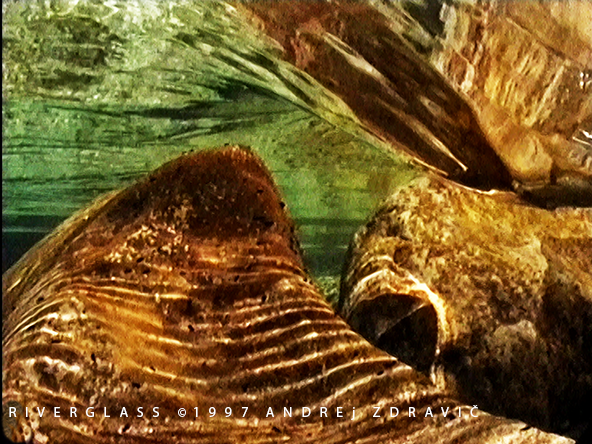
Riverglass – A River Ballet in Four Seasons
Andrej Zdravič
1997
Slovenia
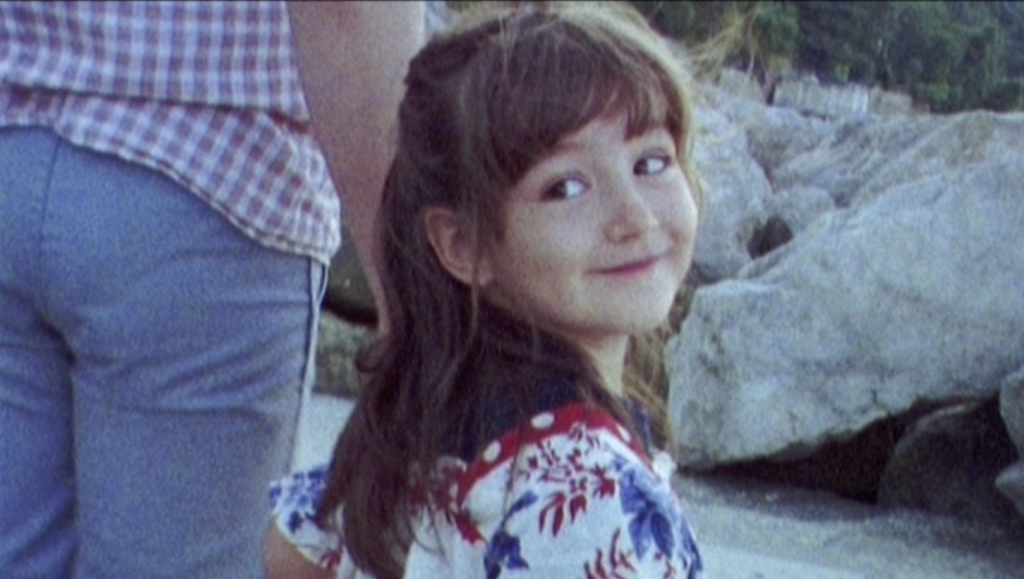
Trieste racconta Basaglia
Erika Rossi
2011
Italia
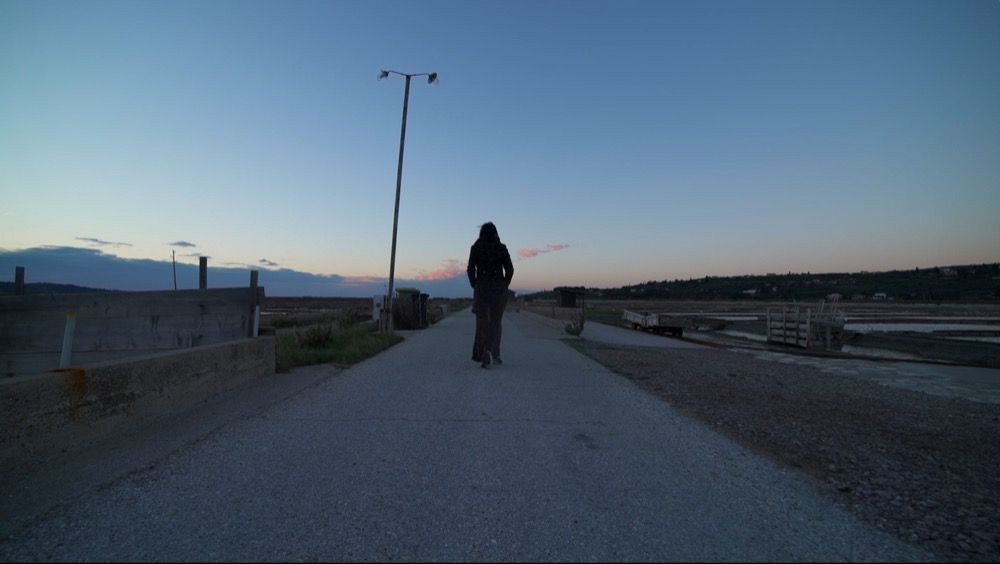
The Nearest Elsewhere: A Slovenian Journey
Elisabetta Sgarbi
2017
Italy
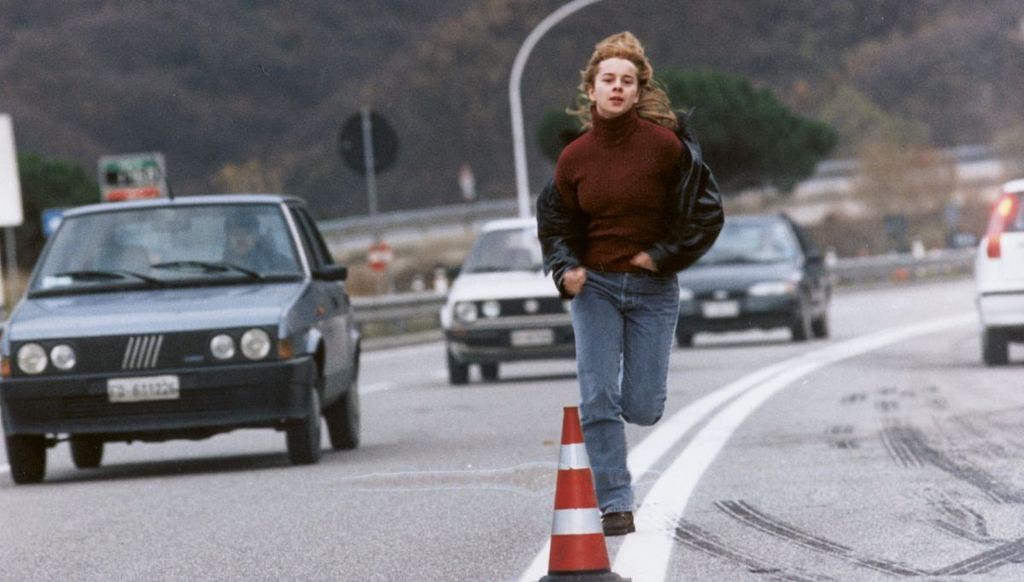
Vesna Goes Fast
Carlo Mazzacurati
1996
Italy/France
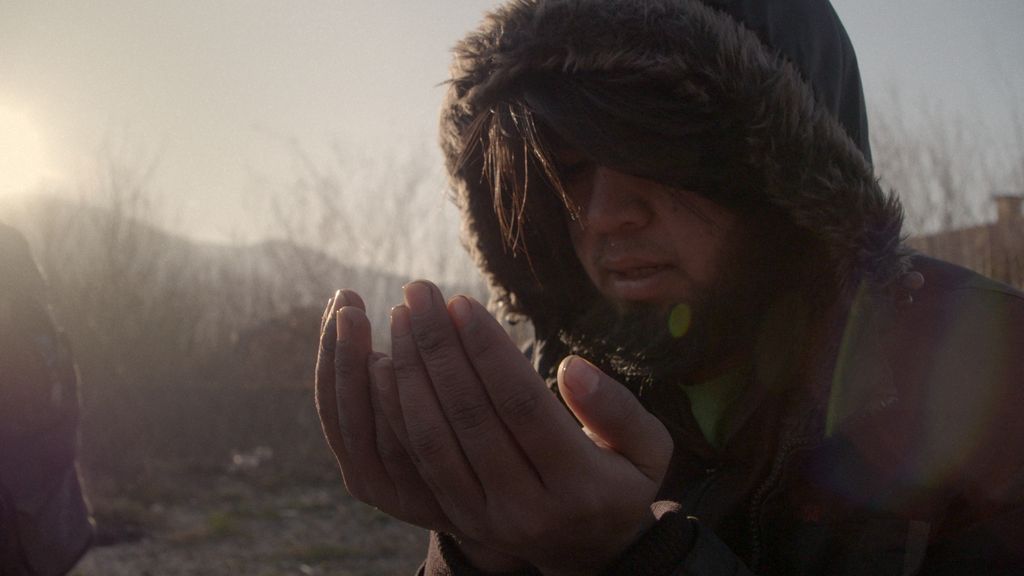
Trieste Shines at Night
Matteo Calore, Stefano Collizzolli, Andrea Segre
2023
Italy
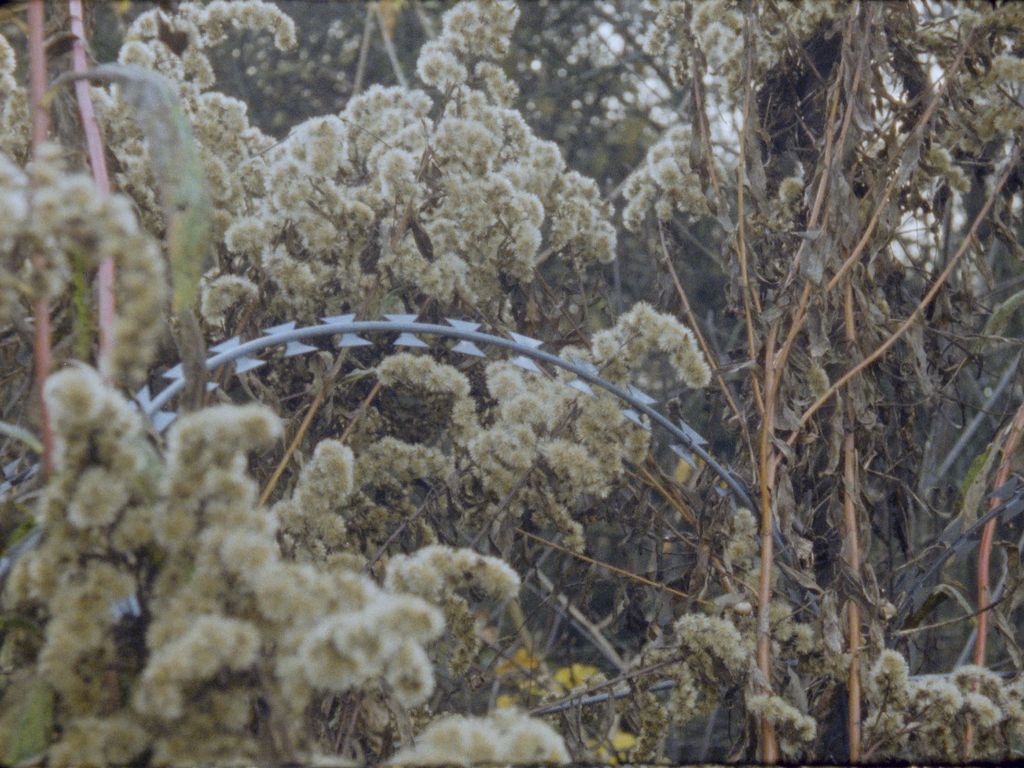
Newsreel 670 – Red Forests
Nika Autor
2022
Slovenia
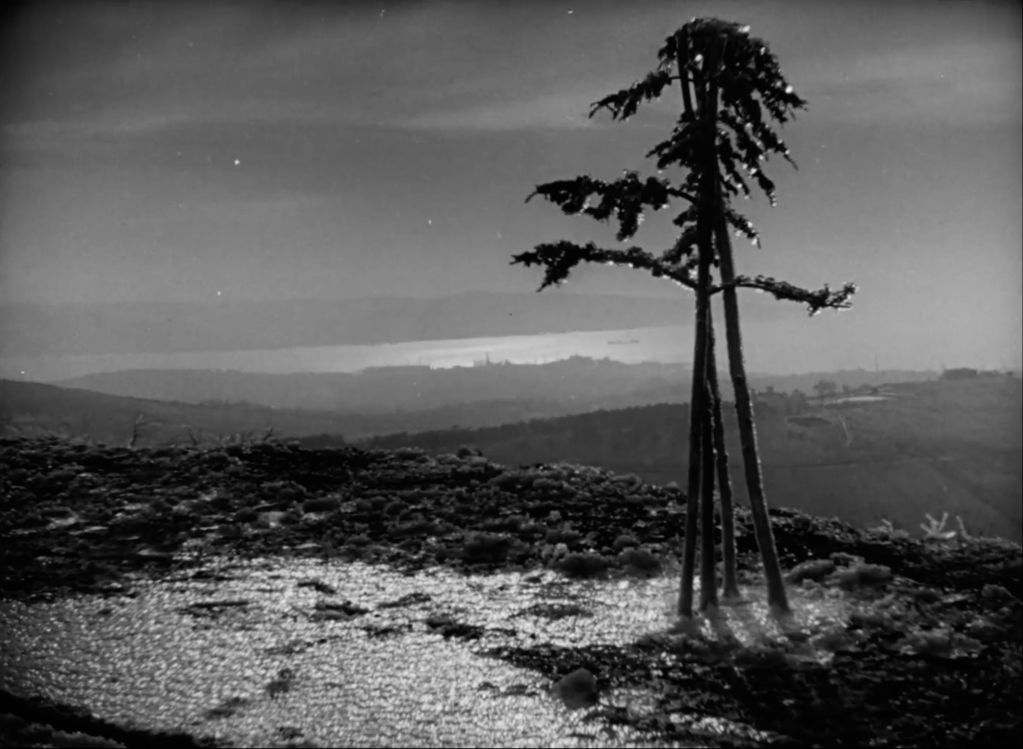
Wind Storm Over Trieste
Gianni Alberto Vitrotti
1953
Italy
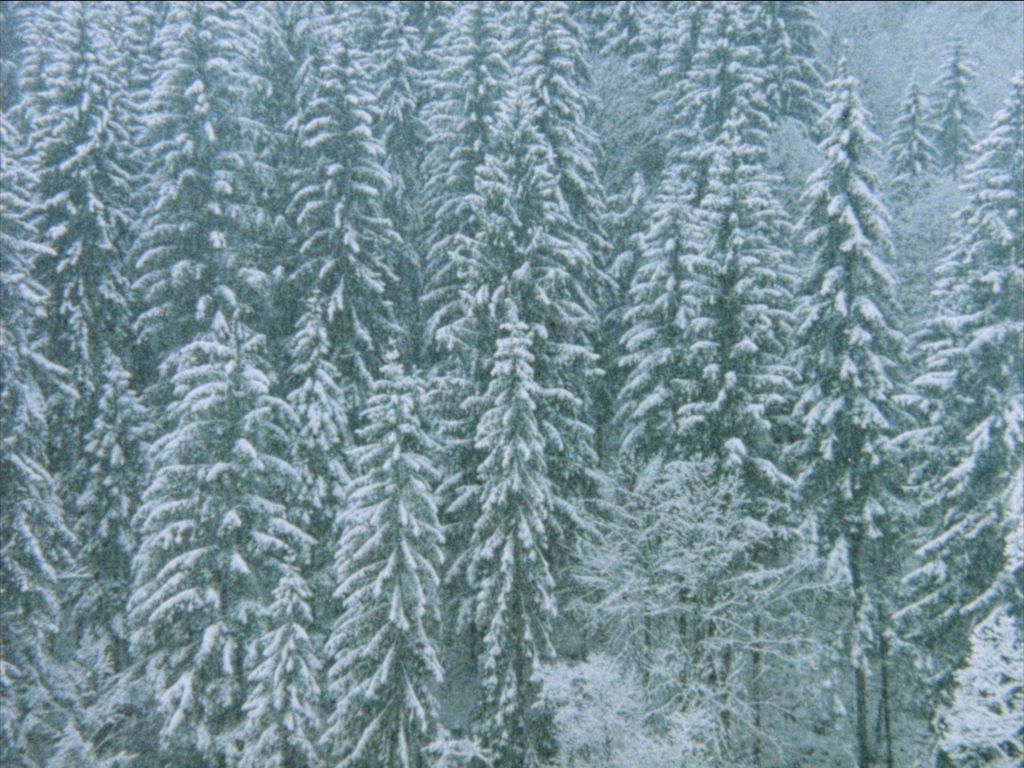
Karst – A Fairytale World
Matjaž Klopčič
1974
Slovenia(Yugoslavia)
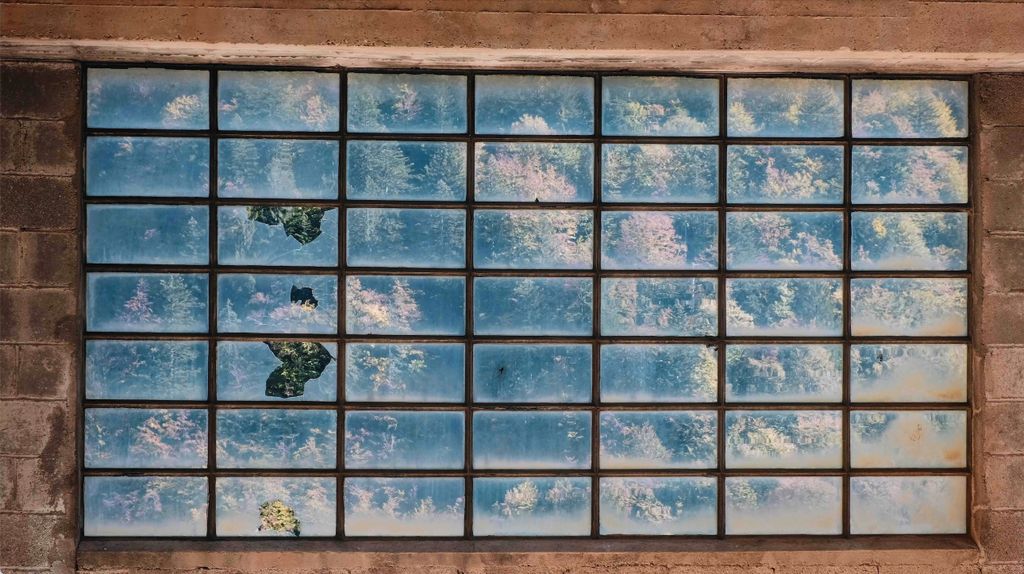
Avenâl
Anna Sandrini
2022
Italia
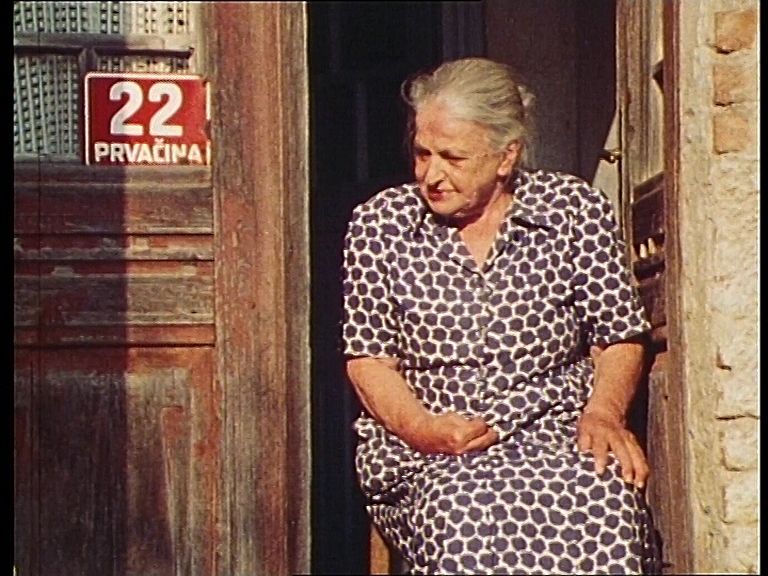
Žerjavi letijo na jug
Dorica Makuc
1975
SI(YU)

The Last Resort
Thanos Anastopoulos, Davide Del Degan
2016
Italy/France/Greece
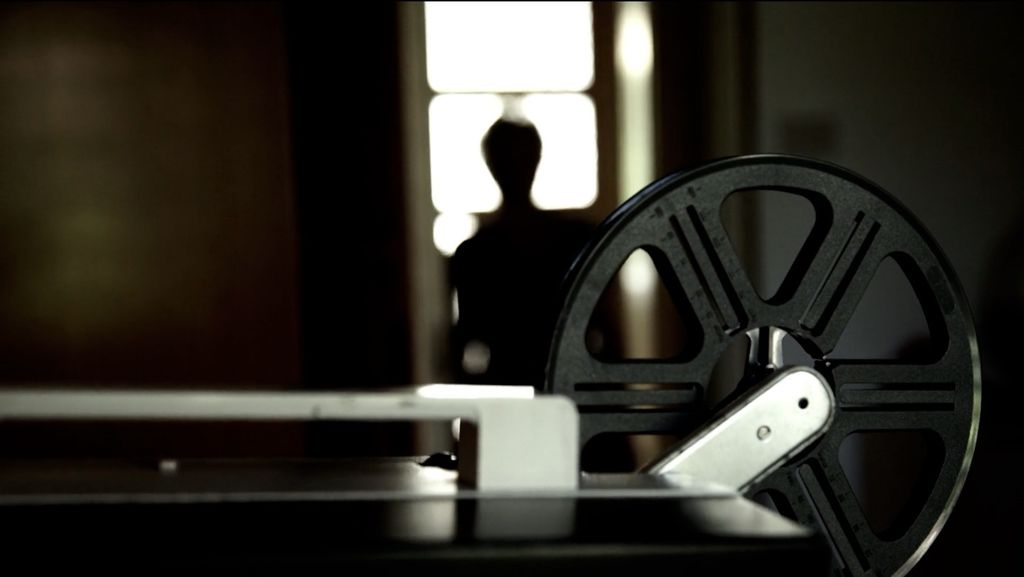
La fiaba perduta
Cristian Natoli, Giulio Gattuso
2019
Italia
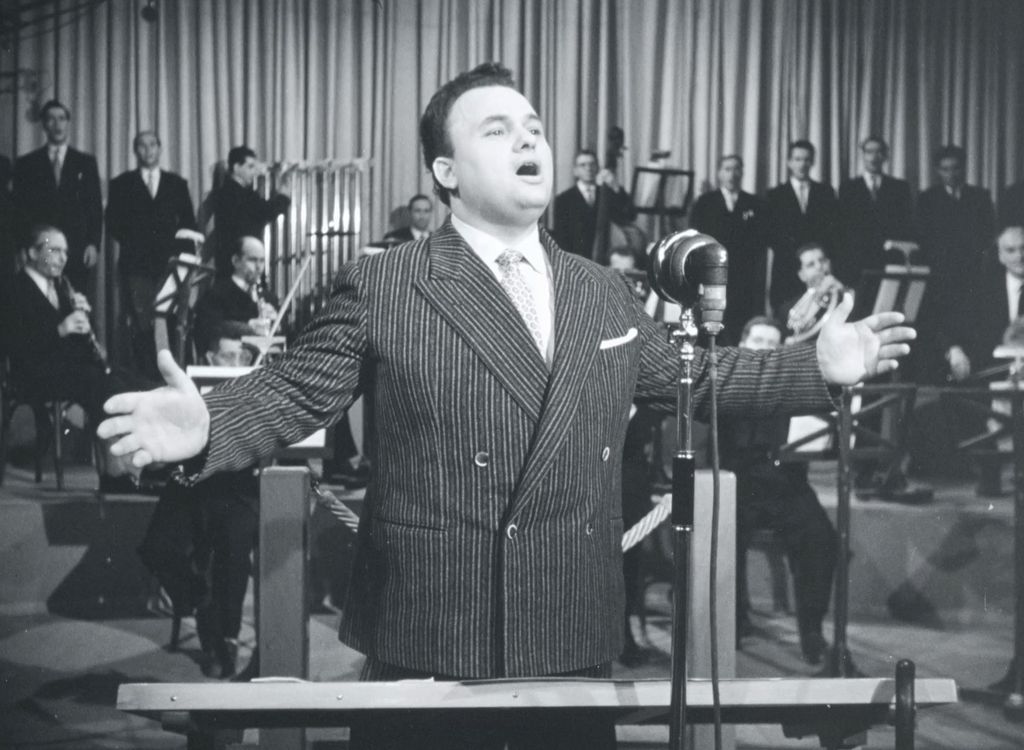
Moj Trst!
Mario Costa
1951
Italija
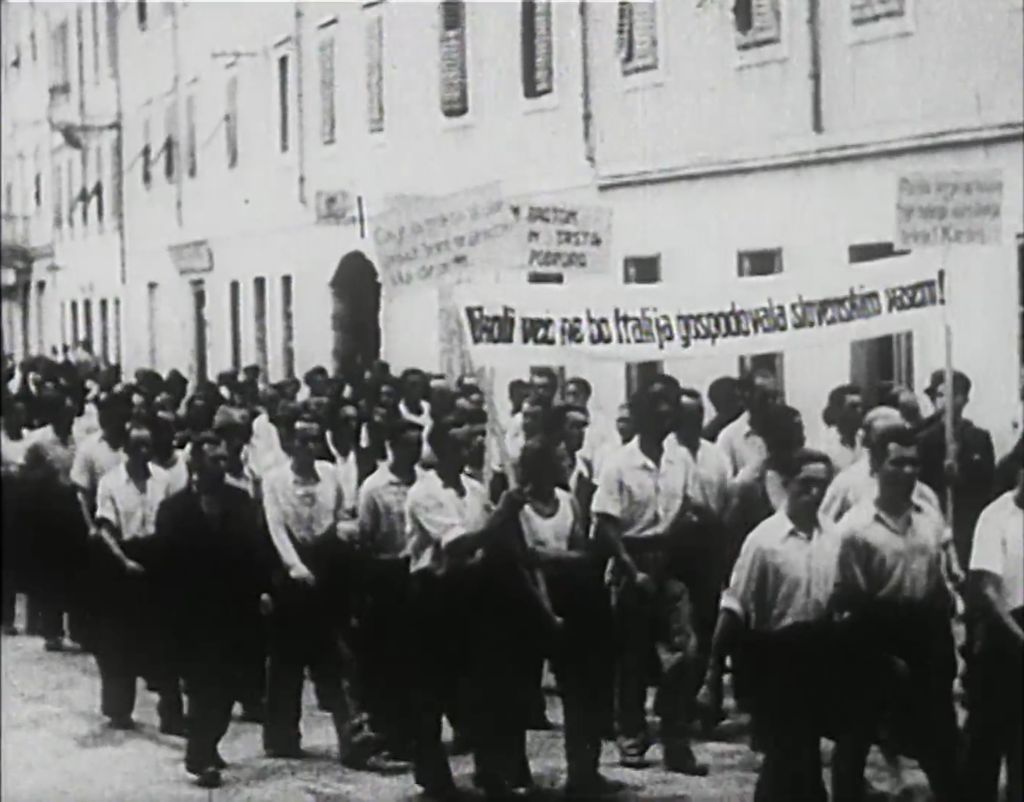
Obzorniki – Slovenija (Jugoslavija)
1946 – 1953
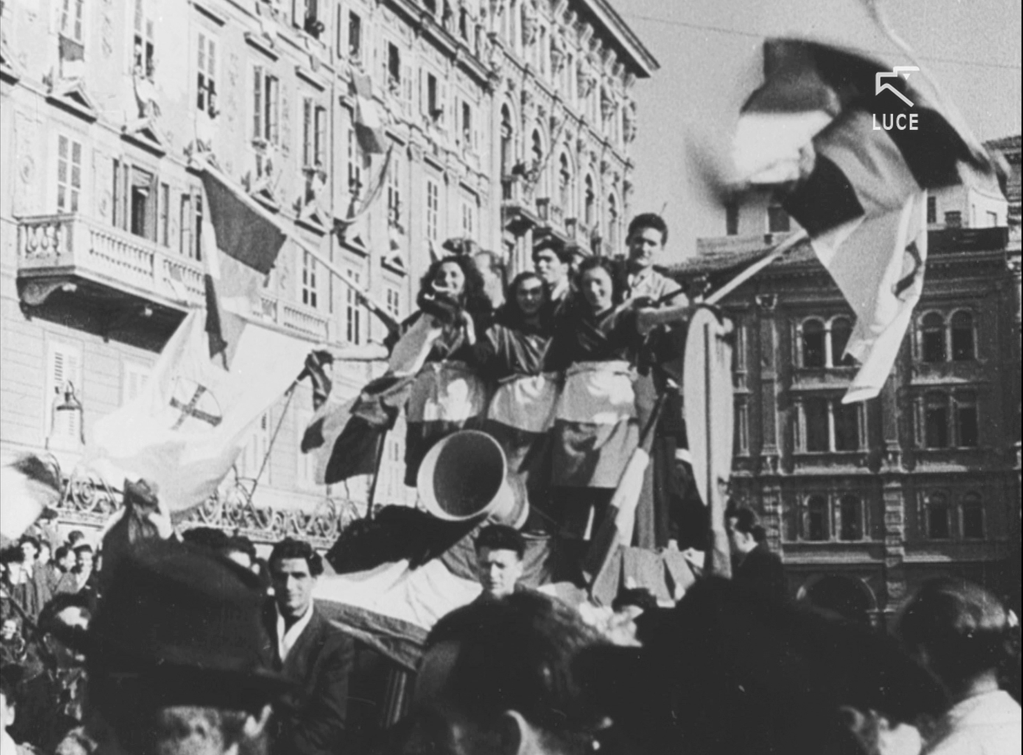
Filmske novice – Italija
1946 – 1953

